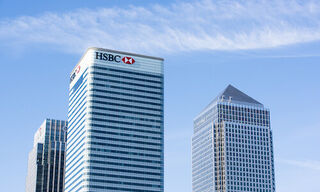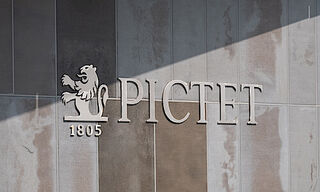Despite the recent selloff in shares of Singapore’s three banks amid significant risks from trade tensions, the sector has strong platforms for responding to volatility, Maybank KimEng said in a recent note.
Pointing to rising margins, positive loan growth, and benign asset quality, the brokerage said it was staying positive on Singapore’s banks. «With a near 5 percent dividend yield and undemanding valuation, the sector will offer a sanctuary as investors look for quality and safety,» the note said.
After the around 8 percent selloff in the shares, the sector is trading at 10 times 12-month forward price-to-earnings, a 13 percent discount to the long-term average, Maybank KimEng added.
Earnings Visibility
«We believe an element of profit-taking following strong performance, coupled with contagion from U.S.-China trade tensions, have contributed to this de-rating,» it said.
But it added, the banks have earnings visibility due to their shift toward an interest- and fee-income revenue mix and away from volatile trading-dependent income.
Shielding Against Macro Uncertainty
«This visibility should provide effective shielding against macro uncertainty – especially driven by U.S.-China trade tensions,» the note said. «Together with strong capital positions and balance-sheet liquidity, the Singapore banks should be beneficiaries of a return-to-quality scenario, we believe.»
In addition, Maybank KimEng said the outlook for net interest margins (NIM), or the difference between the interest rate banks charge to lend and their cost of funds, was improving as the banks repriced board-rate-tied mortgages upward in the first quarter. The impact of those changes will continue for two or three more quarters, it said.
Lowest in Five Years
At the same time, funding costs in the first quarter increased by only 3 basis points on-year, the slowest in six quarters, and with the U.S. Federal Reserve turning dovish, competition for deposits should subside, the brokerage said, adding that should support NIMs.
New non-performing loan formation in the first quarter was the lowest in five years, despite downgrades to the economic outlook, the brokerage said but added that due to the trade-war uncertainty, it was maintaining or increasing its credit-charges assumptions.
This article was previously published on Shenton Wire.


























